- OISHII
- OISHII Wiki
- Ingredients
OISHII Wiki
Ingredients
-
Amela Tomato
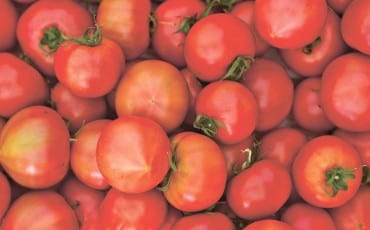
These tomatoes from San Farmers are no ordinary tomatoes. Grown in imp...
-
Azuki beans
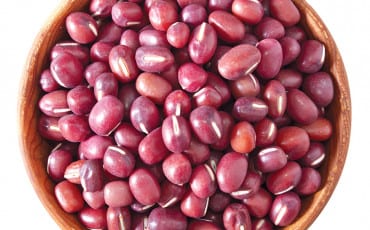
Azuki beans, also known as “red beans”, have been eaten in Japan for t...
-
Blended salt
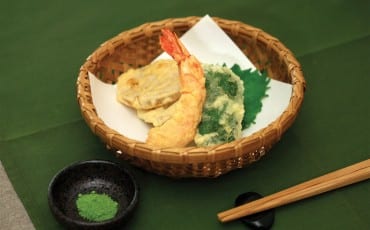
Apart from the traditional sea salts and seaweed salts, there is also ...
-
Brown Sugar
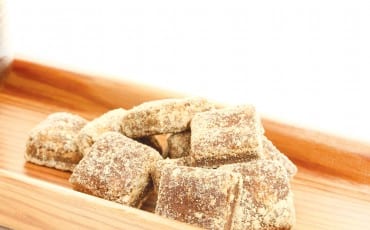
Unlike American brown sugar, which is produced by adding molasses to r...
-
Ganmodoki
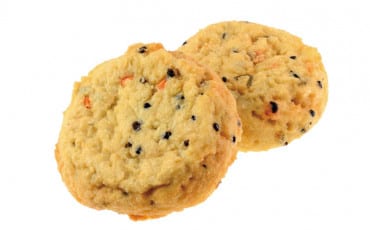
If you like eating dumplings or fritters, you’ll enjoy ganmodoki, or g...
-
Genmai (Brown Rice)
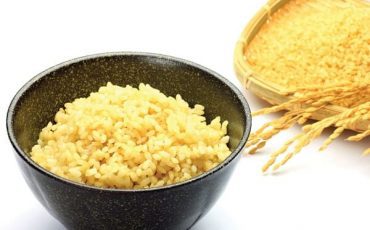
Genmai is whole grain rice, which means it's either unmilled or partia...
-
Hijiki
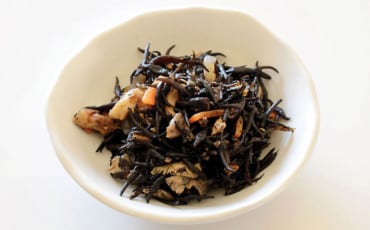
Of all the seaweeds, hijiki is featured most commonly in Japanese home...
-
Ise ebi (Japanese spiny lobste...
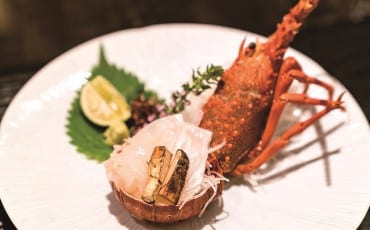
Best eaten: As sashimi One of the most precious gifts of the sea, t...
-
Johakuto
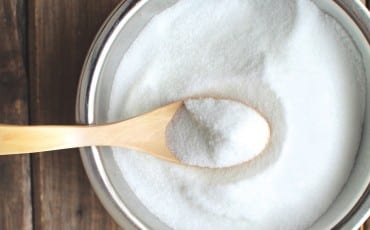
Also known as Japanese white sugar or caster sugar, johakuto is a type...
-
Kabosu
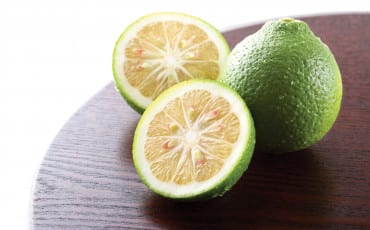
Closely related to yuzu and often confused with sudachi, kabosu was in...
-
Kajitsusu
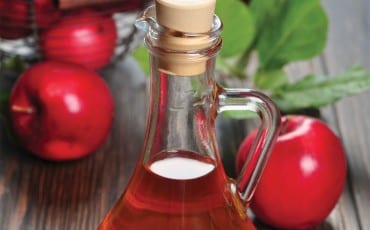
Fruit-infused vinegar is a popular beverage with the Japanese, especia...
-
Kaki (persimmon)
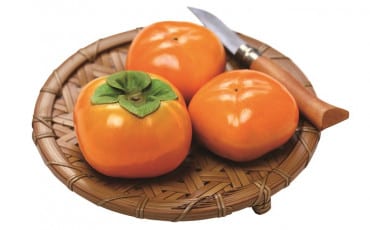
The best way to eat a juicy kaki is to cut it open and scoop out the f...
-
Katsuo-bushi
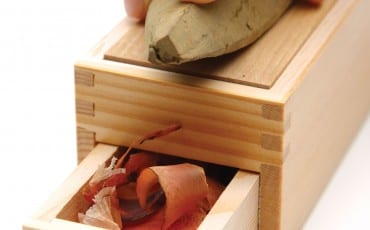
Bonito flakes are made from skipjack tuna that has been dried, ferment...
-
Kombu
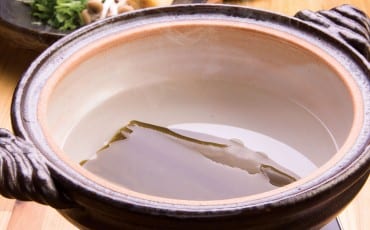
The most basic form of Japanese stock, kombu dashi is where you should...
-
Kombu
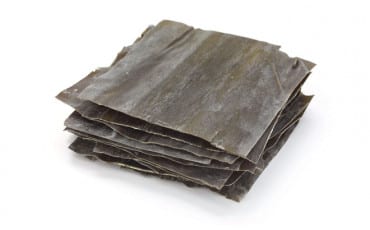
Kombu is the indispensible ingredient in one of the most important com...
-
Komezu
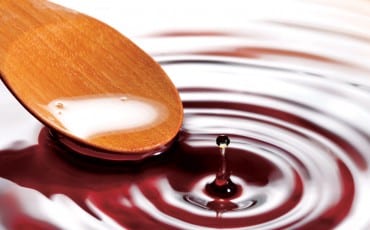
There are two main types of komezu, Japanese rice vinegar - blended (a...

